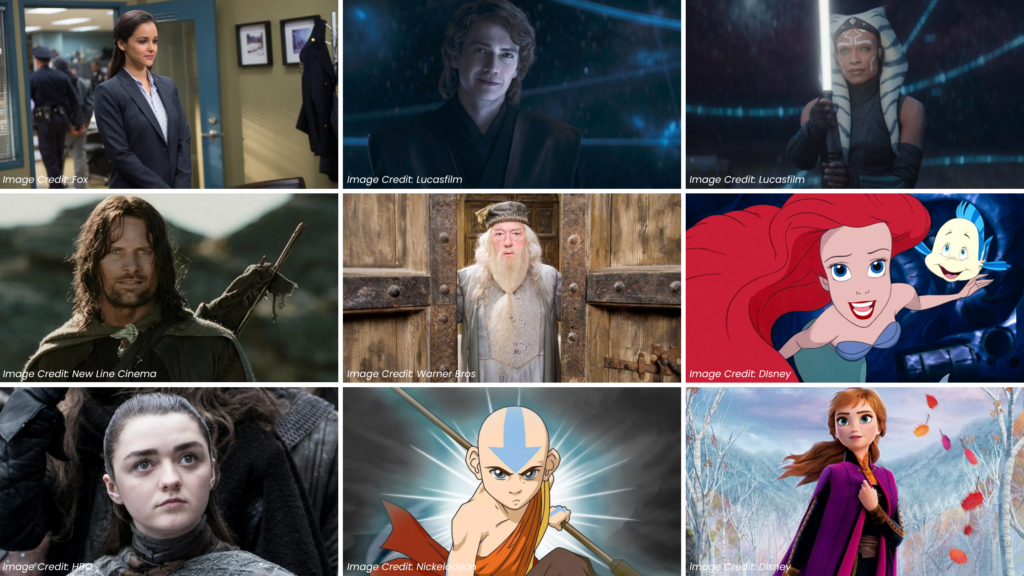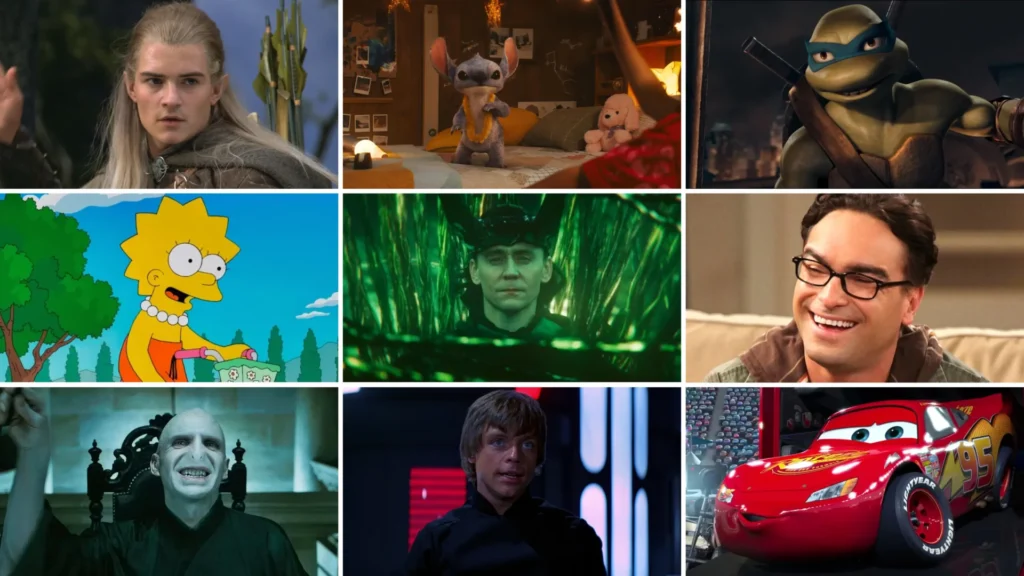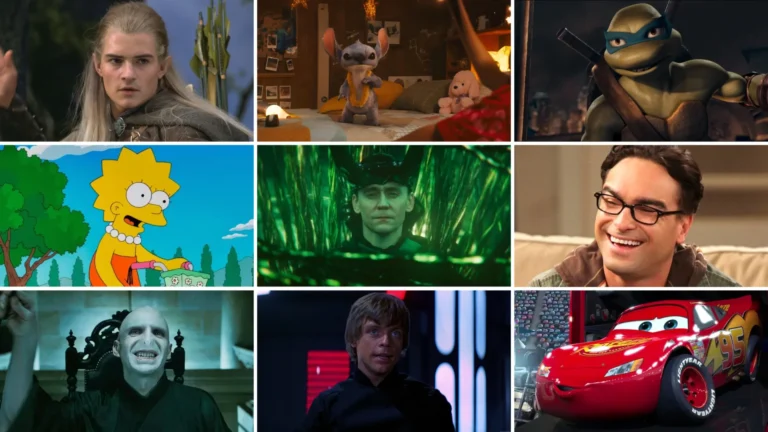Welcome to our journey through the world of iconic fictional characters, where we celebrate the letter “A” in all its glory! From the courageous to the cunning, the light to the dark, characters beginning with A have left an indelible mark on our cultural landscape. They come from various realms—literature, film, television, or comics—each bringing their unique legacy to the world of fiction.
In this post, we’ll dive into the lives of 45 phenomenal characters whose names begin with “A,” exploring their significance, the worlds they inhabit, and the impact they’ve had on audiences around the globe.
These characters do more than play their roles; they inspire, challenge, entertain, and sometimes even change how we see the world. So, let’s uncover the 45 best fictional characters beginning with A.

Anakin Skywalker (Star Wars)
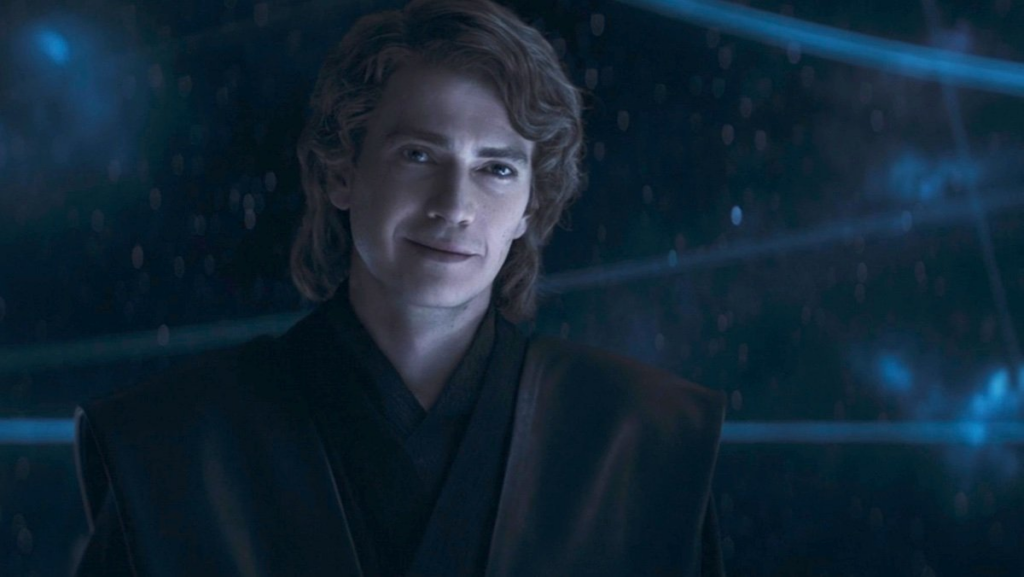
Anakin Skywalker is a central figure in the Star Wars universe, whose journey from a heroic Jedi Knight to the sinister Darth Vader is pivotal to the franchise’s narrative. His story exemplifies the classic battle between good and evil, choice and destiny, making him a significant character in pop culture.
Anakin first appeared in “Star Wars: Episode I – The Phantom Menace” (1999) and has been a central character in the prequel trilogy. He has also appeared in various Star Wars-related media, including TV series like “Star Wars: The Clone Wars,” video games, novels, and comics.
Anakin’s character arc is a compelling exploration of themes such as redemption, the nature of free will, and the impact of one’s choices. His transformation into Darth Vader has become one of the most iconic moments in cinematic history, illustrating the depth of his character and the broader implications of his journey for the Star Wars saga.
Albus Dumbledore (Harry Potter)
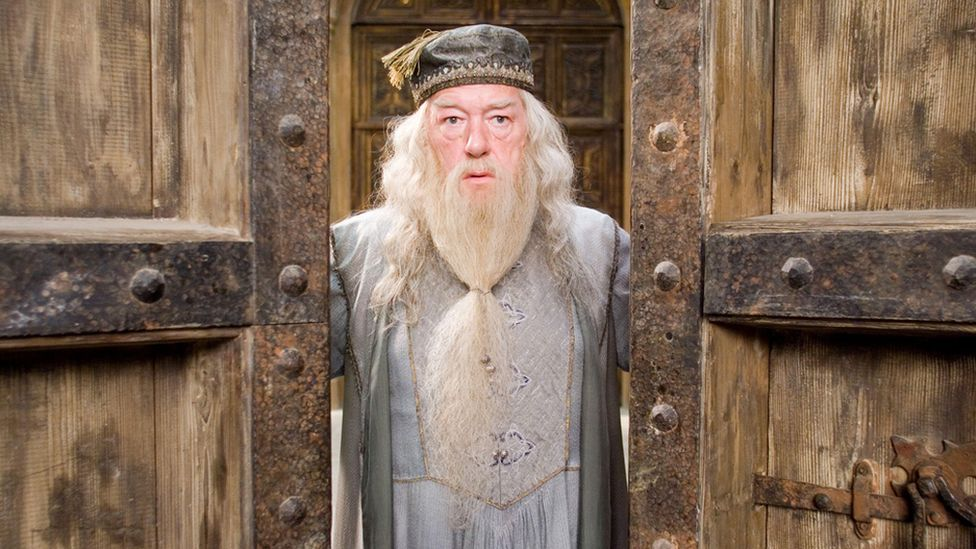
As the wise and powerful headmaster of Hogwarts in the Harry Potter series, Albus Dumbledore mentors Harry and plays a crucial role in the battle against the dark wizard Voldemort. His character embodies wisdom, kindness, and moral complexity, resonating with audiences and impacting pop culture.
Dumbledore made his first on-screen appearance in “Harry Potter and the Philosopher Stone” (2001) and has been a pivotal figure throughout the Harry Potter film series. Beyond the films, Dumbledore appears in the Harry Potter books, plays a significant role in related media, and is referenced in numerous other pop culture contexts.
Dumbledore’s backstory and decisions, especially those revealed in the later parts of the Harry Potter series, add layers to his character, prompting discussions about morality, leadership, and the burdens of power. His influence extends beyond the series, with many considering him one of fiction’s most memorable and wise characters.
Aragorn (Lord Of The Rings)
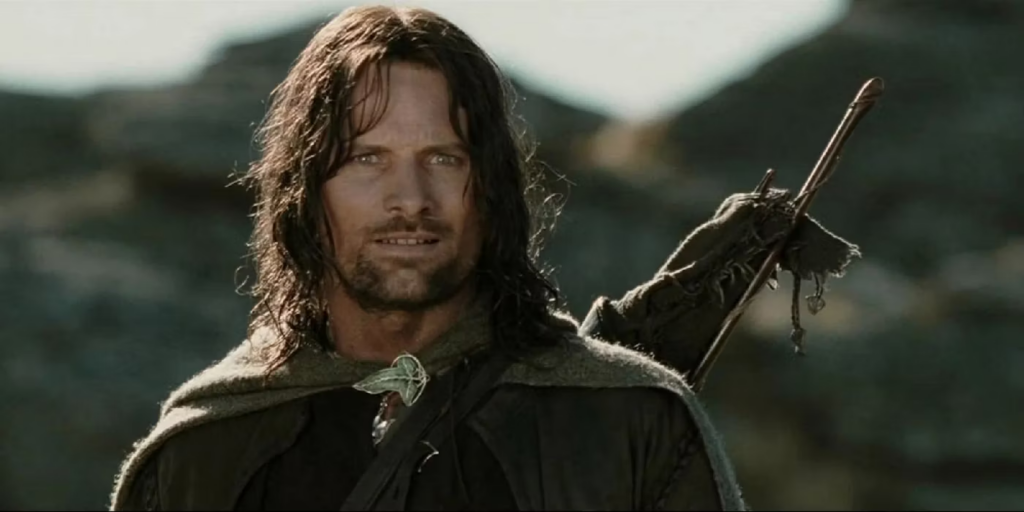
Aragorn, a key character in J.R.R. Tolkien’s “The Lord of the Rings,” is a ranger who rises to become the King of Gondor, playing a critical role in the defeat of Sauron. His journey from obscurity to leadership embodies themes of heroism, nobility, and destiny, making him a beloved character in fantasy literature and pop culture.
Aragorn first appeared on screen in “The Lord of the Rings: The Fellowship of the Ring” (2001) and is central to the subsequent films in the trilogy.
Aragorn’s character not only symbolises the archetypal hero but also portrays a nuanced individual with doubts, fears, and a deep sense of duty. His evolution from a solitary ranger to a king is a journey that resonates with themes of leadership, sacrifice, and personal growth, making him a standout character in Tolkien’s legendarium.
Ahsoka Tano (Star Wars)

Introduced in “Star Wars: The Clone Wars,” Ahsoka Tano, Anakin Skywalker’s Padawan, has become a fan favourite for her dynamic character development, resilience, and distinct identity within the Star Wars saga. Her journey provides a unique perspective on the Star Wars universe, exploring themes of independence, morality, and growth.
Ahsoka debuted in the 2008 film Star Wars: The Clone Wars and became a central figure in the animated series of the same name. Her popularity led to appearances in “Star Wars Rebels” novels and her own live-action series debuting on Disney Plus.
Ahsoka’s character offers a unique exploration of what it means to be a Jedi, separate from the traditional Jedi Order. Her decisions, especially to leave the Order, challenge the established norms within the Star Wars universe and offer fans a complex, evolving character who stands for her principles.
Aang (Avatar: The Last Airbender)
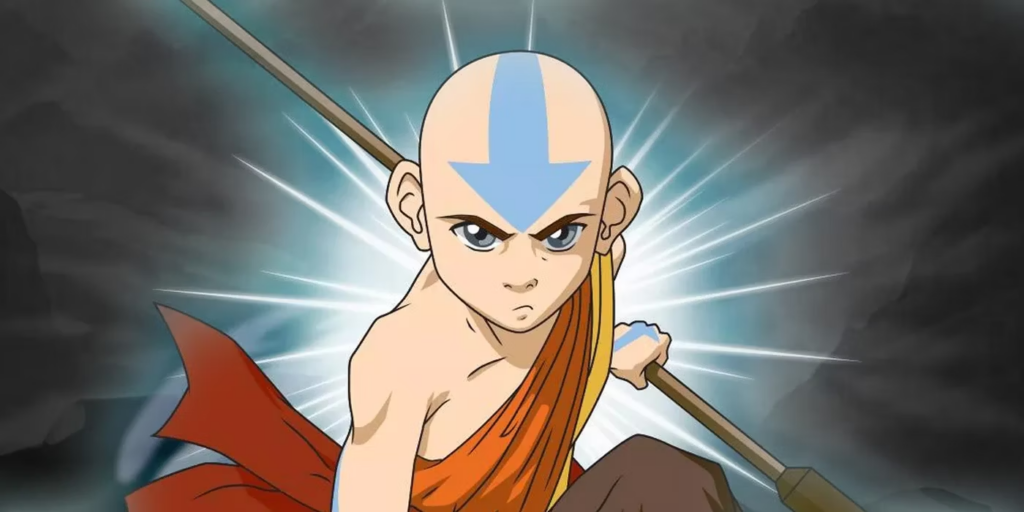
Aang, the protagonist of “Avatar: The Last Airbender,” is a young Airbender who awakens to find his world engulfed in war. As the Avatar, he must master all four elemental bending arts to bring peace. Aang’s story is one of growth, responsibility, and redemption, resonating deeply with audiences and contributing to the show’s critical acclaim.
Aang first appeared on screen in “Avatar: The Last Airbender” (2005-2008). His character’s journey is central to the series and has been explored in subsequent comic books and the sequel series “The Legend of Korra.” Aang’s influence extends beyond the series, with references in other media and a strong presence in fan communities. Released in February 2024, “Avatar: The Last Airbender” will debut a live-action series on Netflix.
Aang’s character challenges traditional notions of heroism, emphasising pacifism, empathy, and balance. His reluctance to take life, even in the face of immense pressure, and his dedication to his principles offer a refreshing take on the archetypal hero’s journey, making his narrative especially compelling and relevant.
Azula (Avatar: The Last Airbender)
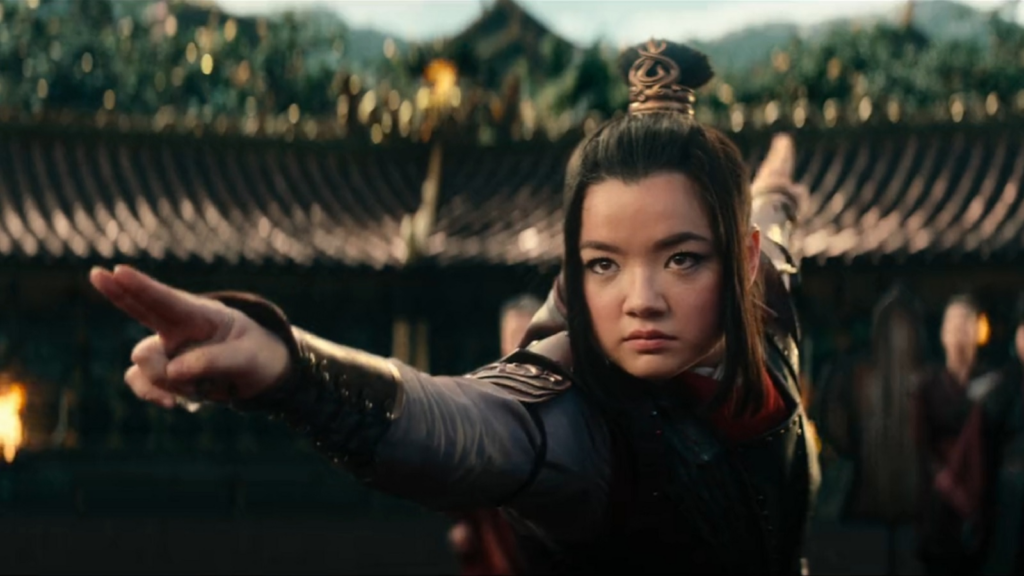
Azula, a key antagonist in “Avatar: The Last Airbender,” is known for her power, intelligence, and ruthlessness. Her complex character, marked by a blend of formidable strength and deep-seated vulnerability, adds a significant layer of depth to the series, making her one of the most compelling characters in animation.
Azula first appeared in the second season of “Avatar: The Last Airbender.” Her character plays a crucial role in the series’ narrative, especially in the later seasons, and she continues to be a point of interest in the subsequent comics that extend the series’ storyline.
Azula’s character exploration delves into themes of perfectionism, power, and the impact of familial and societal expectations. Her descent into madness and her relationship with her brother Zuko are pivotal in the series, providing viewers with a nuanced look at the nature of villainy and the potential for redemption.
Anna (Frozen)
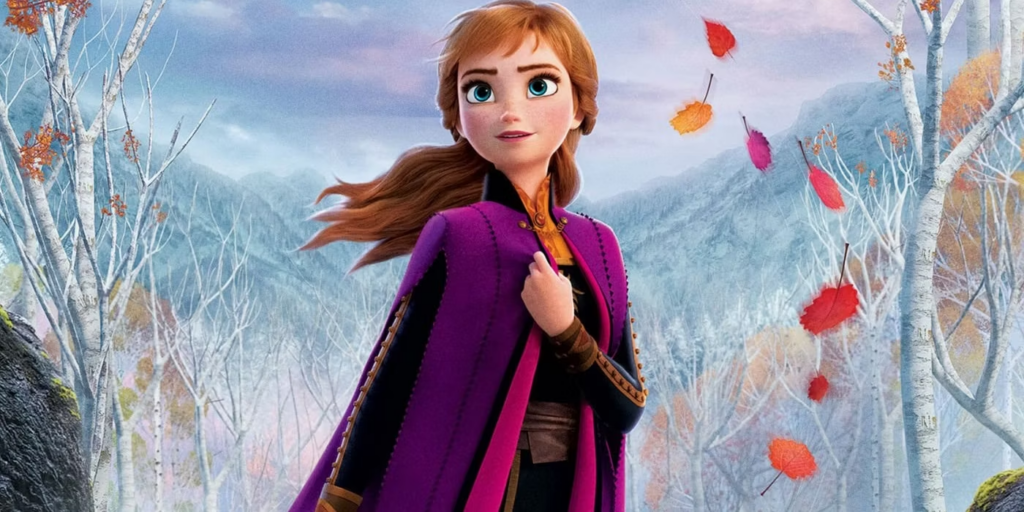
Anna, the spirited and fearless princess of Arendelle in Disney’s “Frozen,” captured hearts worldwide with her determination, optimism, and loving nature. Her character represents a shift in the portrayal of Disney princesses, emphasising bravery, self-reliance, and the power of sisterly love.
Anna made her debut in “Frozen” (2013) and played a significant role in its sequel, “Frozen II” (2019). Her character has also appeared in various other media, including short films, merchandise, and theme park attractions, further cementing her status in Disney’s character pantheon.
Anna’s journey is notable for its focus on personal growth and exploring complex family dynamics. Her relatable struggles and triumphs resonate with audiences, offering a modern take on the fairy tale narrative that focuses on the importance of identity, family, and emotional resilience.
Aladdin (Aladdin)
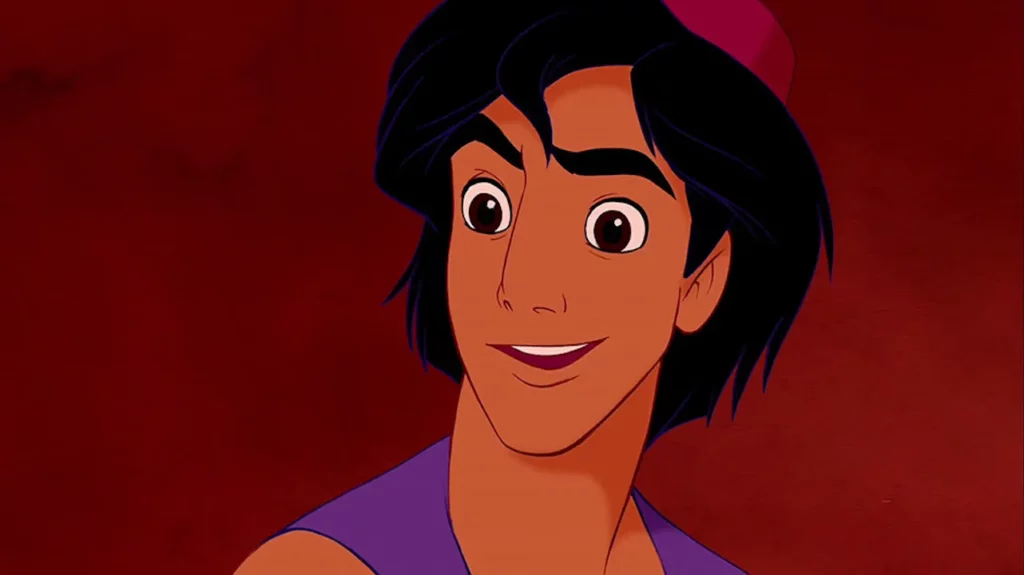
Aladdin, the charming “street rat” who becomes a prince, is the protagonist of Disney’s “Aladdin.” His story is a classic tale of adventure, love, and self-discovery, enriched with themes of honesty, resourcefulness, and the importance of staying true to oneself.
Aladdin first appeared in Disney’s “Aladdin” (1992) and has been a central figure in the film’s sequels, television series, and the 2019 live-action adaptation. His character is a staple in Disney’s lineup and has been featured in various merchandise and media.
Aladdin’s character arc provides a compelling narrative about the consequences of one’s choices and the pursuit of personal desires versus the greater good. His interactions with characters like Genie and Jasmine offer insights into friendship, love, and the complexities of societal structures and expectations.
Aurora (Sleeping Beauty)
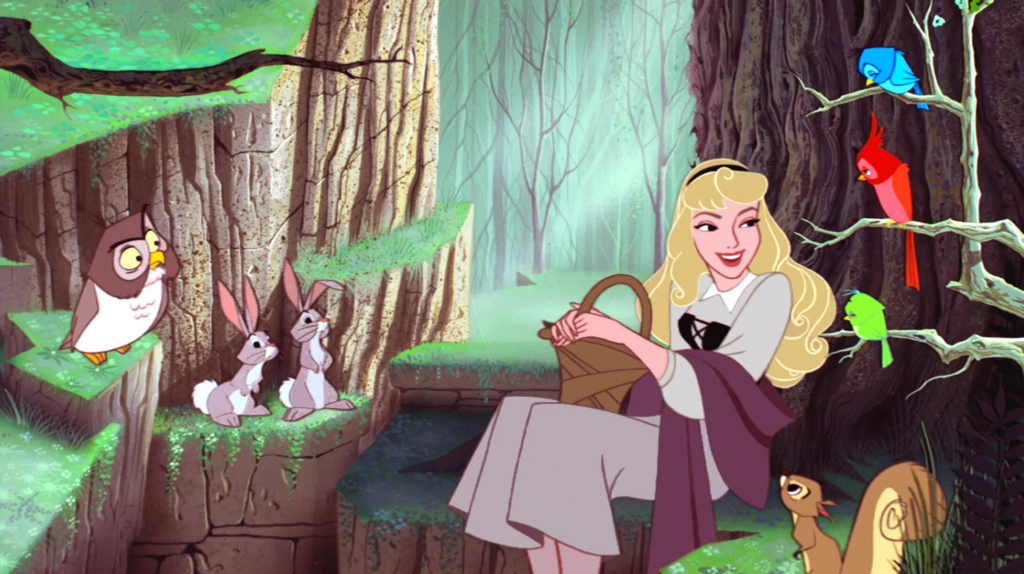
Princess Aurora, also known as Sleeping Beauty, is a classic Disney princess who embodies grace, beauty, and kindness. While rooted in traditional fairy tale elements, her story has endured as a symbol of innocence, resilience, and the triumph of good over evil.
Aurora debuted in Disney’s “Sleeping Beauty” (1959) and has become iconic in Disney’s princess lineup. She has appeared in various forms of media, including sequels, spin-offs like “Maleficent,” and numerous Disney park attractions.
While less active than some modern Disney protagonists, Aurora’s character plays a crucial role in the narrative fabric of fairy tales and their cultural significance. Her story highlights themes of destiny, love, and the interplay between light and darkness, resonating with audiences for generations.
Ash Ketchum (Pokémon)
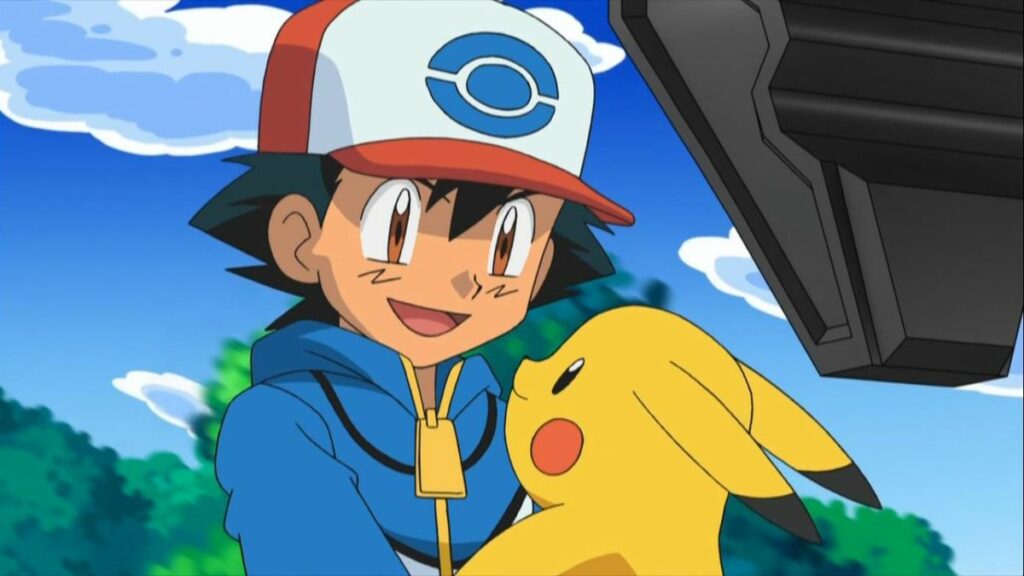
Ash Ketchum, the enthusiastic Pokémon Trainer from Pallet Town, is the beloved protagonist of the Pokémon animated series. His endless determination, friendship with Pokémon, and enduring quest to become a Pokémon Master have inspired millions of fans worldwide.
Ash first appeared in “Pokémon: The Series” in 1997 and has since been a central character in the ongoing series, appearing in various regions and iterations of the animated franchise. He is also featured in movies, games, and an extensive range of Pokémon merchandise, such as Enamel Keychains.
Ash’s character embodies the spirit of adventure and the joy of discovery, central to the Pokémon series’ appeal. His growth throughout the series, his bonds with his Pokémon, and his interactions with friends and rivals offer viewers valuable lessons about friendship, perseverance, and respect for all creatures.
Ariel (The Little Mermaid)
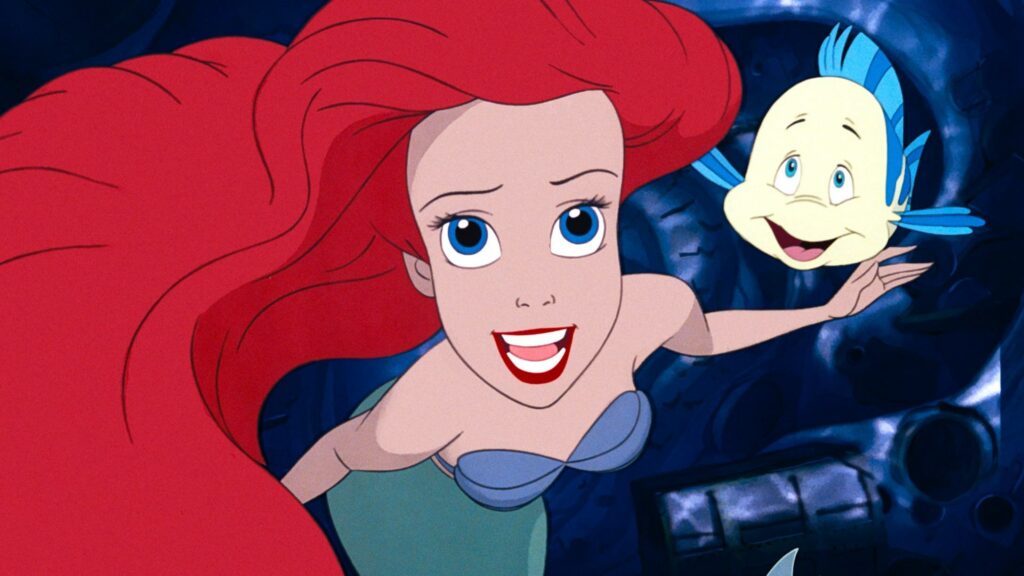
Ariel, the adventurous and curious mermaid princess, is central to Disney’s “The Little Mermaid.” Her desire to explore the human world and find her own voice resonates with themes of independence, exploration, and the pursuit of one’s dreams, making her a significant character in Disney’s lineup.
Ariel first appeared in Disney’s “The Little Mermaid” (1989) and has since been a pivotal character in various sequels, TV series, and the broader Disney Princess franchise. Her story has been adapted in numerous formats, including stage adaptations and a recent live-action film.
Ariel’s journey is a compelling narrative about the challenges of bridging different worlds and cultures. Her character explores the consequences of curiosity and the pursuit of personal identity, offering audiences a story of transformation and self-realisation.
Ant-Man (Marvel Cinematic Universe)
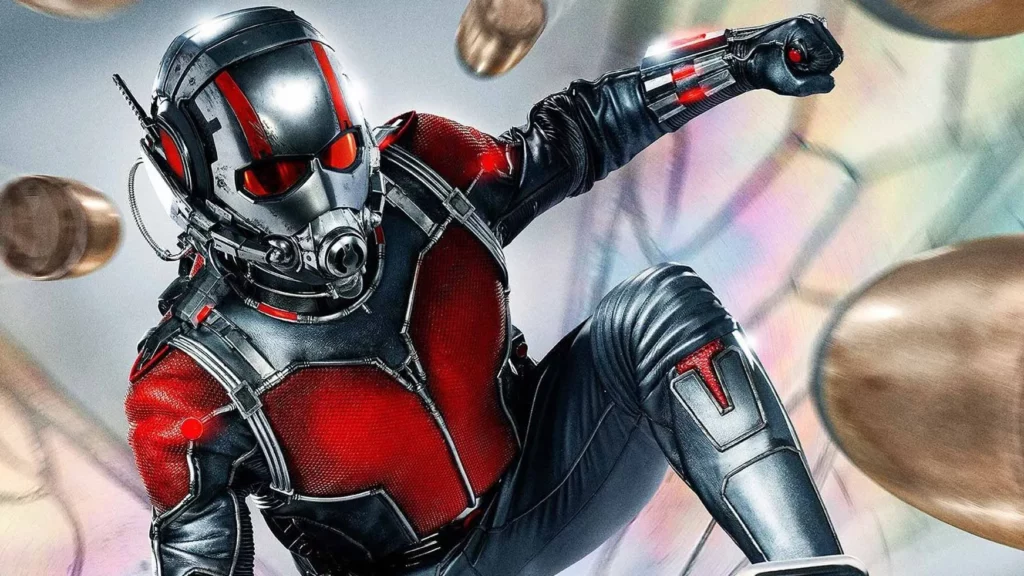
Ant-Man, also known as Scott Lang, brings a unique blend of humour and heroism to the Marvel Cinematic Universe. His ability to shrink in size but increase in strength offers a fresh perspective on superhero capabilities, emphasising that heroes can come in all sizes.
Ant-Man made his cinematic debut in “Ant-Man” (2015) and has since appeared in several MCU films, including “Captain America: Civil War” and “Ant-Man and The Wasp.” The character is also featured in comics, animated series, and merchandise.
Beyond his superpowers, Scott Lang’s father role and relatable personality add depth to his character, making his storylines resonate with themes of redemption, family, and the importance of second chances.
Arya Stark (Game of Thrones)

Arya Stark, a prominent character in HBO’s “Game of Thrones,” is renowned for her fierce independence, survival skills, and complex character arc. Her journey from a young girl into a skilled assassin reflects themes of identity, vengeance, and personal growth, captivating audiences worldwide.
Arya first appeared on screen in “Game of Thrones” (2011) and quickly became one of the series’ standout characters. Her storyline is integral to the series’ narrative, and she has become a symbol of resilience and empowerment.
Arya’s experiences and transformations throughout the series challenge traditional gender roles and expectations, providing a compelling narrative of empowerment and the quest for justice in a brutal, unforgiving world.
Andy Dufresne (The Shawshank Redemption)
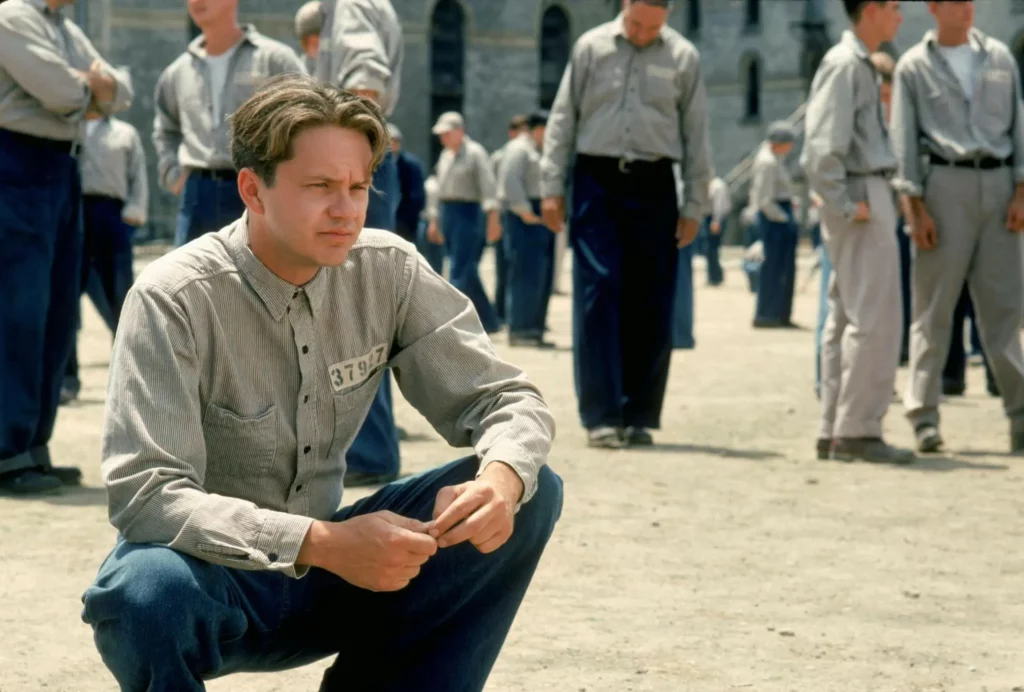
Andy Dufresne, the protagonist of “The Shawshank Redemption,” is celebrated for his resilience, intelligence, and integrity. His story of wrongful conviction and the quest for freedom resonates with themes of hope, friendship, and the enduring human spirit, making it a powerful narrative in cinematic history.
Andy first appeared in The Shawshank Redemption (1994), a film based on Stephen King’s novella. The character’s journey and the film itself have garnered critical acclaim and a dedicated fanbase, highlighting their impact on pop culture.
Andy’s ability to maintain hope and dignity in the face of despair is a profound message about the capacity for personal transformation and redemption, making his story a source of inspiration for audiences worldwide.
Aquaman (DC Universe)
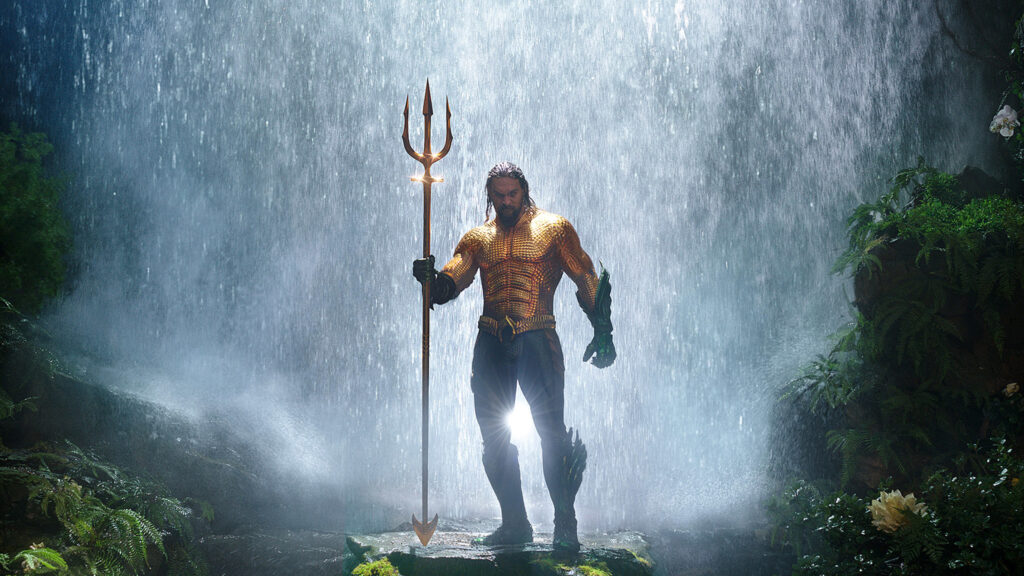
Aquaman, also known as Arthur Curry, is a superhero from the DC Universe known for his ability to communicate with sea life and command the ocean. As the king of Atlantis, his stories blend aquatic adventure with themes of leadership, environmental advocacy, and identity.
Aquaman first appeared in “More Fun Comics” #73 in 1941 and has since been a staple in DC Comics. His portrayal in the DC Extended Universe gained significant popularity, particularly in the “Aquaman” solo film (2018).
Aquaman’s character challenges the conventional perceptions of superheroes, emphasizing the importance of the world’s oceans and marine life. His narrative explores the tension between his dual heritage as Atlantean and human, reflecting broader themes of belonging and responsibility.
Amy Pond (Doctor Who)

Amy Pond, a central character in the “Doctor Who” series, is known for her bravery, wit, and complex relationship with the Doctor. As a companion, she brings a mix of curiosity, resilience, and emotional depth to the series, significantly impacting the Doctor’s adventures and growth.
Amy, portrayed by Karen Gillan, first appeared in the episode “The Eleventh Hour” (2010) alongside the Eleventh Doctor, played by Matt Smith. Her character arc spans multiple seasons, during which she experiences time travel, faces various extraterrestrial threats, and navigates her evolving relationships with the Doctor and her husband, Rory Williams.
Amy’s character is notable for her independence and strength, often taking the lead in perilous situations and demonstrating a deep sense of loyalty and love for those she cares about. Her journey explores themes of identity, friendship, and the consequences of time travel, making her a beloved figure in the “Doctor Who” fandom.
Alice (Alice In Wonderland Series)
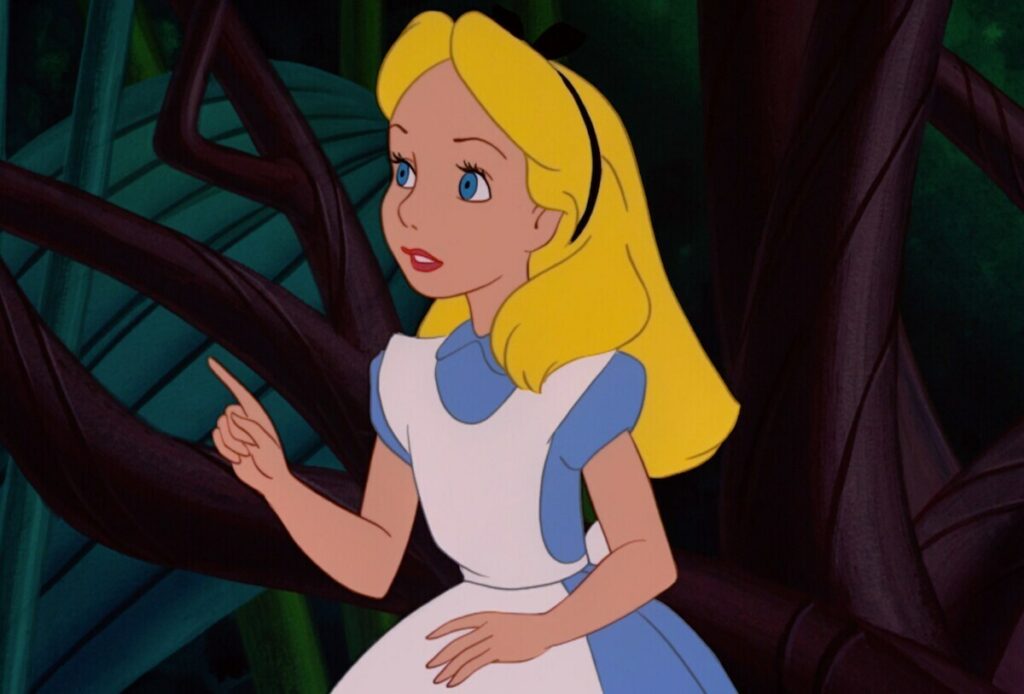
Alice, the curious and imaginative protagonist of Lewis Carroll’s “Alice’s Adventures in Wonderland,” is a seminal figure in children’s literature. Her journey through the whimsical and often nonsensical Wonderland challenges conventional logic and explores themes of exploration, identity, and the transition from childhood to adulthood.
Alice first appeared in “Alice’s Adventures in Wonderland” (1865) and its sequel, “Through the Looking-Glass” (1871). These tales have been adapted numerous times in various formats, including films, TV shows, and stage productions, illustrating her enduring appeal.
Alice’s character represents the universal experience of growing up and the quest for understanding in a world that often makes little sense. Her adventures in Wonderland inspire and provoke thought about the boundaries of imagination and reality.
Alex (Madagascar)
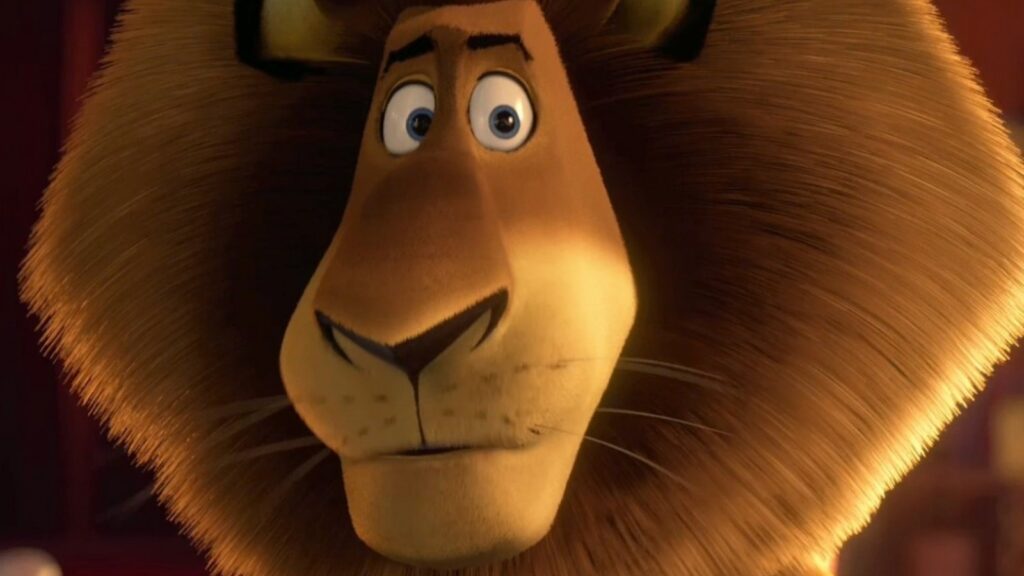
Alex the Lion, one of the main characters in the “Madagascar” film series, is a charismatic and endearing figure who experiences an identity crisis as he transitions from the pampered life of a zoo animal to the wilds of Madagascar. His journey explores themes of friendship, self-discovery, and the meaning of freedom.
Alex debuted in “Madagascar” (2005) and became a central character in the subsequent sequels and related media. His story highlights the contrast between urban captivity and natural living, resonating with audiences young and old.
Alex’s character provides humorous yet insightful commentary on the nature of instinct versus nurture and the importance of adapting to new environments. His interactions with other characters enhance the narrative’s exploration of community and individuality.
Apocalypse (X-Men)
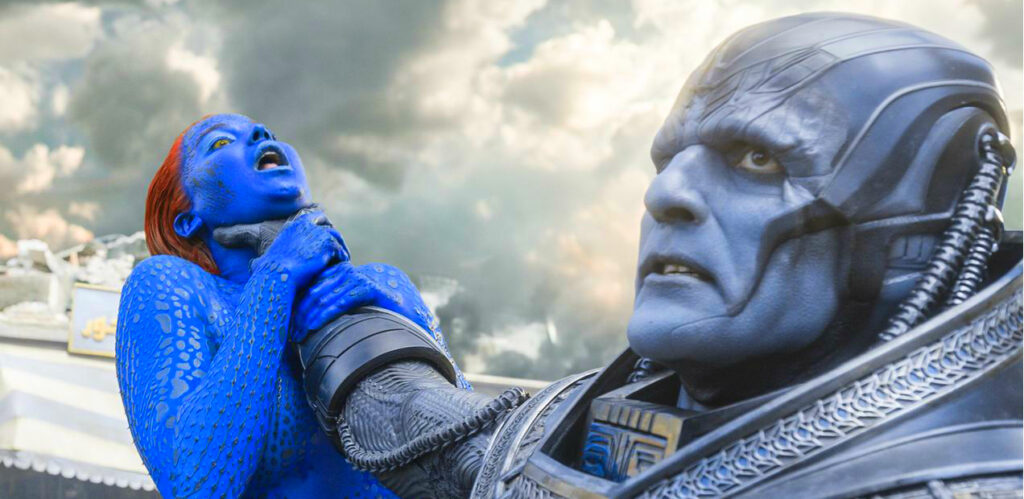
Apocalypse, one of the X-Men’s most formidable adversaries, is a mutant with god-like powers and a complex philosophy about survival and evolution. His character challenges the X-Men and humanity, raising questions about strength, morality, and the future of evolution.
Apocalypse first appeared in “X-Factor” #6 (1986) and has since been a significant figure in the X-Men comics. He’s been featured in various media, including the animated series and the film “X-Men: Apocalypse” (2016), showcasing his impact on the X-Men universe.
Apocalypse’s ideology and actions darkly reflect the concept of “survival of the fittest,” pushing the X-Men to confront their own beliefs about power, responsibility, and the nature of evolution, making him a thought-provoking antagonist in the Marvel universe.
Axel Foley (Beverly Hills Cop)
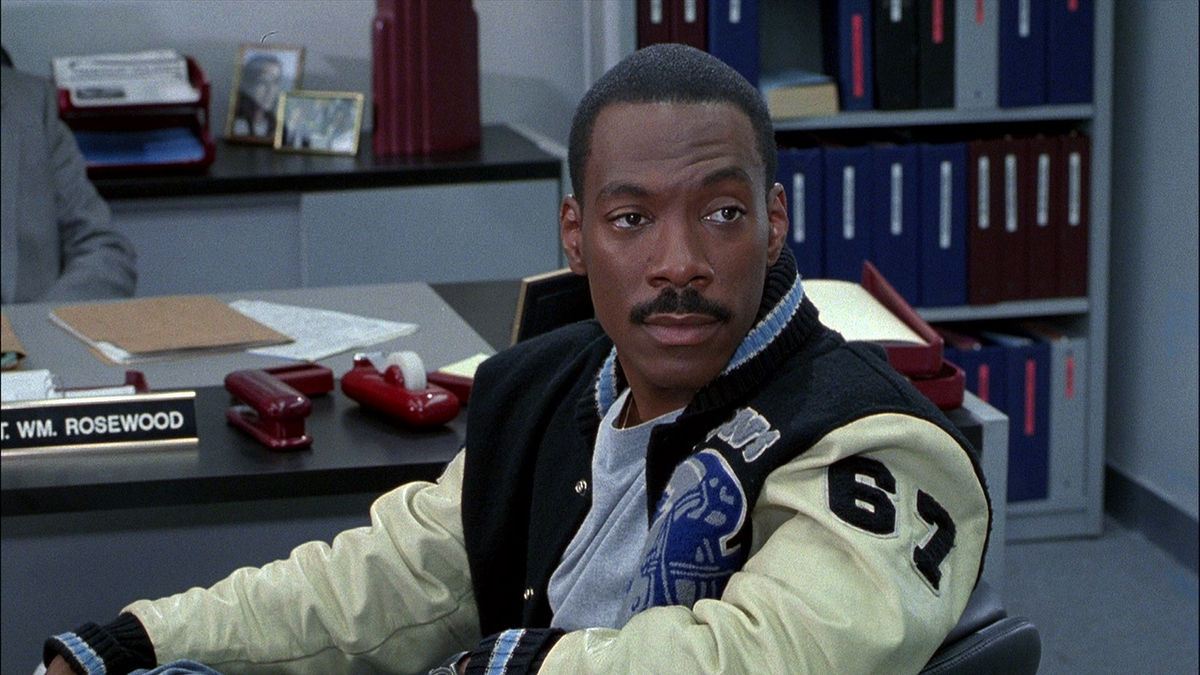
Axel Foley, the fast-talking, witty detective from the “Beverly Hills Cop” series, is renowned for his unorthodox methods and infectious charm. His character blends action with comedy, offering a fresh take on the cop genre and becoming a defining figure in 1980s cinema.
Eddie Murphy portrayed Axel Foley, who first appeared in Beverly Hills Cop (1984) and was central to the film’s sequels. His character has become synonymous with 80s pop culture, influencing the portrayal of detectives in subsequent films and TV shows.
Axel’s ability to navigate different worlds, from the gritty streets of Detroit to the glitzy environment of Beverly Hills, coupled with his keen investigative skills and humour, provides an engaging narrative that challenges stereotypes and showcases the importance of adaptability and ingenuity.
Astro Boy (Astro Boy Anime Series)
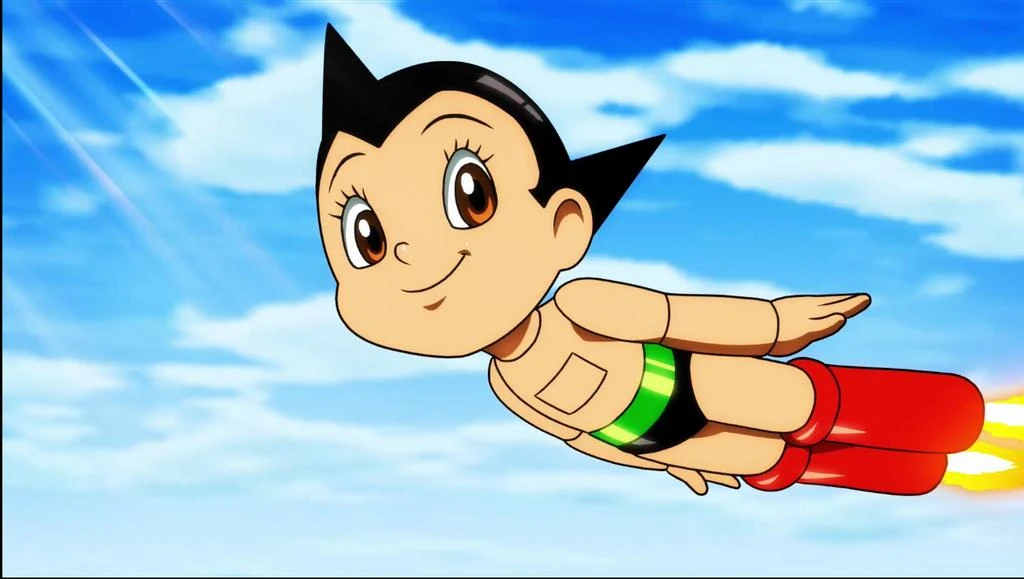
Astro Boy, a pioneering figure in the world of anime, is a robot with human emotions who fights evil and injustice. He embodies themes of humanity, ethics, and acceptance. Created by Osamu Tezuka, he’s one of the first icons of the anime genre, influencing countless works in the industry.
Astro Boy first appeared in the manga series in 1952 and was adapted into a television series in 1963. It became the first popular animated Japanese television series that embodied the aesthetic that would later be known as anime.
Astro Boy’s character explores the intersection of technology and humanity, questioning what it means to be human and the ethical implications of advanced robotics and artificial intelligence. His adventures and dilemmas continue to resonate in an increasingly tech-centric world.
Agnes Gru (Despicable Me)
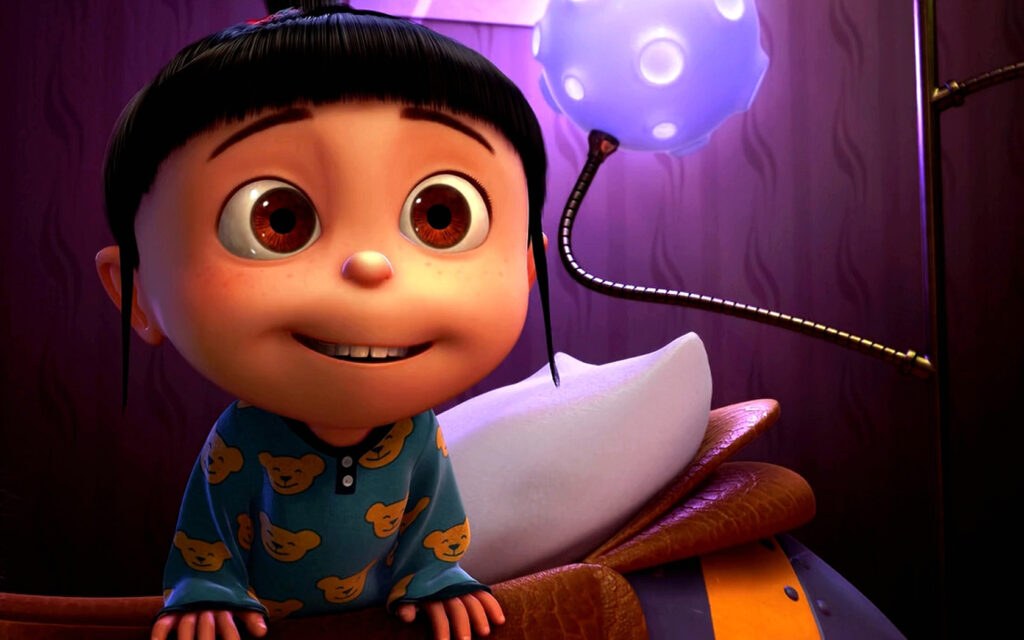
Agnes Gru, the youngest of Gru’s adopted daughters in the “Despicable Me” series, captures hearts with her innocence, boundless enthusiasm, and love for unicorns. Her character embodies the joys of childhood and the impact of familial love, making her a beloved figure in the franchise.
Agnes debuted in “Despicable Me” (2010) and has been a key character in the film’s sequels. Her genuine expressions and childlike wonder bring a touching sense of innocence and humour to the movies, resonating with audiences of all ages.
Agnes’s interactions with Gru and her sisters illustrate the transformative power of love and family, even in the most unconventional circumstances. Her character serves as a reminder of the purity and simplicity of a child’s perspective, often providing emotional depth and light-heartedness to the narrative.
Amy Santiago (Brooklyn Nine-Nine Series)

Detective Amy Santiago, portrayed in the “Brooklyn Nine-Nine” series, stands out for her dedication, ambition, and organizational skills. As a role model for professionalism and resilience, her character breaks the mould of typical sitcom archetypes, offering a fresh, empowering perspective on women in law enforcement.
Amy is a central character throughout the “Brooklyn Nine-Nine” series, known for her competitive nature and strong work ethic. Her character evolves over the seasons, showcasing her personal growth, professional achievements, and colleague relationships.
Amy’s character arc reflects broader themes of ambition, personal identity, and the balancing act of career and personal life. Her journey offers viewers a nuanced portrayal of a woman navigating the challenges and triumphs of a traditionally male-dominated profession while maintaining her unique quirks and sense of humour.
Appa (Avatar: The Last Airbender)
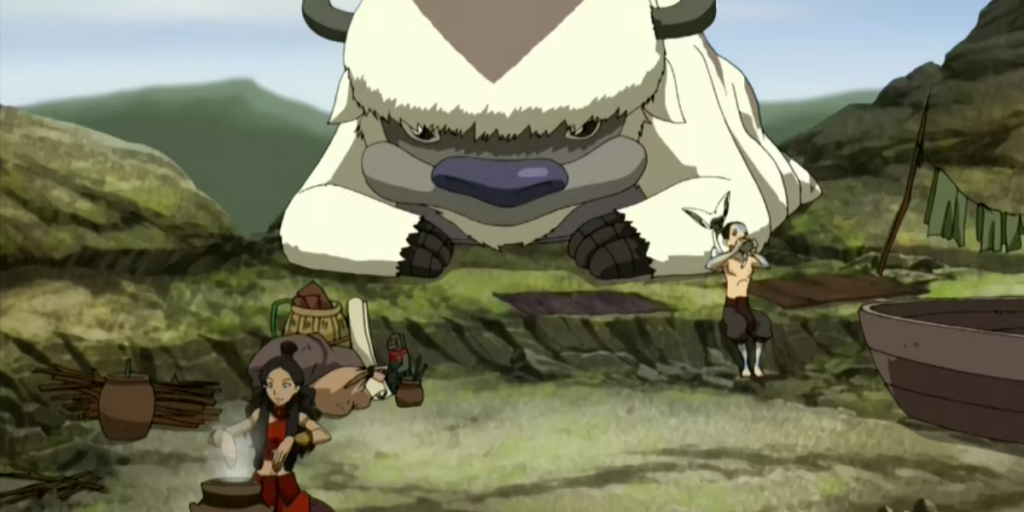
Appa, the loyal sky bison and companion to Aang in “Avatar: The Last Airbender,” is more than just a mode of transportation; he is a beloved character who symbolizes the bond between humans and animals. His unwavering loyalty and protective nature endear him to fans, highlighting themes of friendship and trust.
Appearing throughout “Avatar: The Last Airbender,” Appa plays a crucial role in Aang’s journey, providing not only physical transportation but also emotional support. His backstory and the episodes focusing on his adventures deepen the audience’s connection to his character.
Appa’s presence in the series offers a heartwarming perspective on the human-animal bond, reflecting themes of loyalty, companionship, and the inherent value of all living creatures. His character resonates with viewers, emphasizing the importance of kindness and empathy towards animals.
Arwen Undomiel (Lord of The Rings)
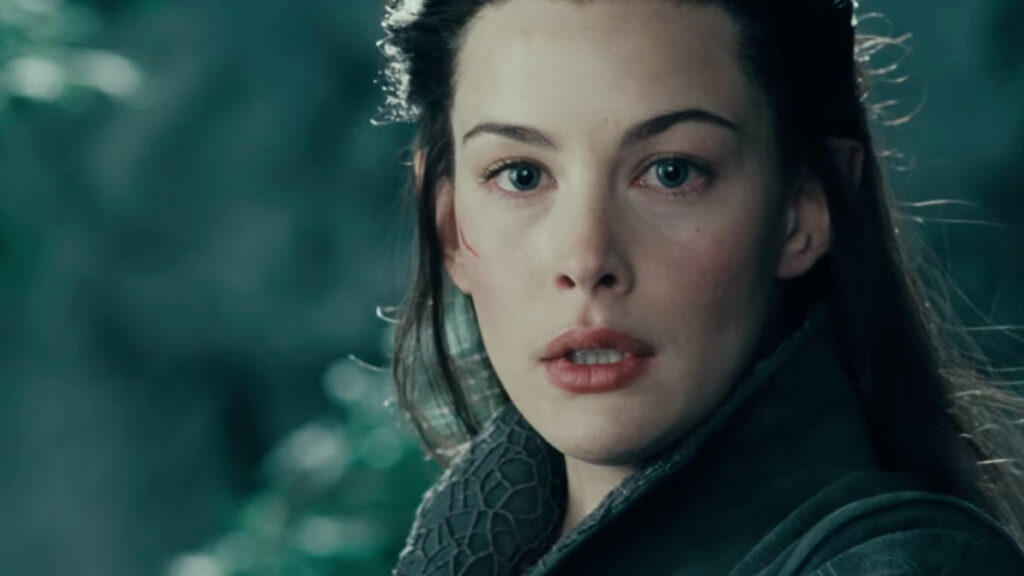
Arwen Undomiel, the elven princess of Rivendell in the “Lord of the Rings” trilogy, combines grace, courage, and a profound sense of love and sacrifice. Her character adds depth to the epic narrative, providing a powerful portrayal of love that transcends the boundaries of time and mortality.
Arwen’s character, while more prominently featured in the film adaptations than in the original books by J.R.R. Tolkien, plays a pivotal role in the emotional arc of the series. Her love story with Aragorn and her choice to forsake her immortality for that love is a poignant element of the trilogy.
Arwen’s story in the “Lord of the Rings” films highlights themes of choice, sacrifice, and the interplay between personal happiness and the greater good. Her character bridges the human and elven worlds, symbolizing the unity and collaboration necessary to overcome great challenges.
Amy Farrah Fowler (The Big Bang Theory)
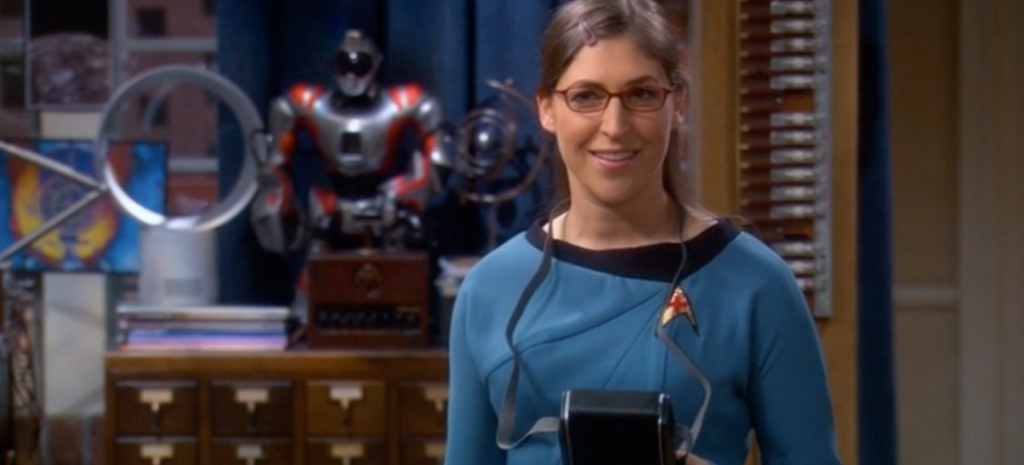
Amy Farrah Fowler, introduced in the sitcom “The Big Bang Theory,” is a neurobiologist known for her sharp intellect, social awkwardness, and heartfelt relationship with Sheldon Cooper. Her character offers a refreshing take on the portrayal of women in science, blending humour with a depiction of intelligence and independence.
Amy becomes a mainstay of “The Big Bang Theory” after her initial appearance, contributing significantly to the show’s dynamic and character development. Her evolution from a socially awkward scientist to a more rounded individual mirrors the series’ character depth and complexity expansion.
Amy’s character challenges stereotypes about women in STEM fields, showcasing a professionally accomplished and personally relatable character. Her relationship with Sheldon and her friendships with other characters provide a multi-dimensional portrayal of a woman navigating her career, relationships, and personal growth.
Anger (Inside Out)

Anger, one of the five core emotions depicted in Pixar’s “Inside Out,” personifies the emotion of anger within the mind of the young protagonist, Riley. His character provides insight into anger’s natural and sometimes necessary role in human experiences, highlighting emotions’ complexity and impact on behaviour.
Voiced by Lewis Black, Anger is a pivotal character in “Inside Out” (2015), contributing to the film’s exploration of emotional intelligence and psychological well-being. While often humorous, his fiery personality also sheds light on the functions and consequences of anger in interpersonal relationships.
Anger’s interactions with the other emotions underscore the idea that all emotions, even those perceived as negative, have their place and purpose. His character encourages viewers to acknowledge and manage their feelings, promoting a balanced and healthy emotional life.
Aslan (The Narnia Franchise)
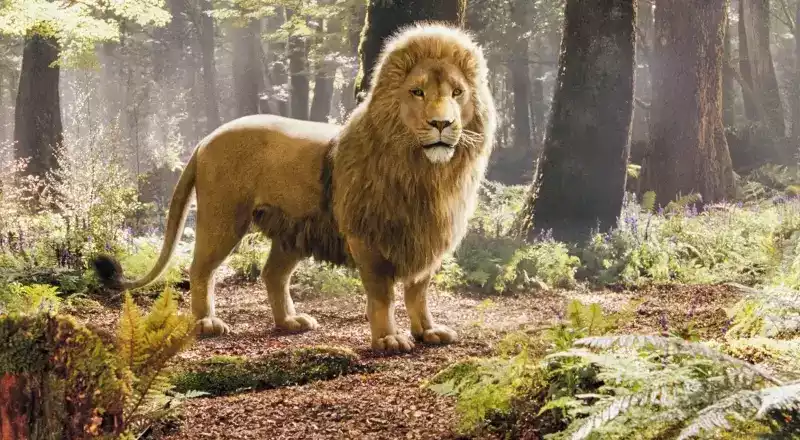
Aslan, the majestic and wise lion in C.S. Lewis’s “The Chronicles of Narnia” series, is a central figure representing good, courage, and sacrifice. His role as a guide and savior in the series has deep allegorical meanings, drawing parallels to religious and philosophical themes.
Aslan appears in all seven books of The Chronicles of Narnia, playing a crucial role in the narrative’s development and the characters’ journeys. He is a symbol of strength and morality whose presence and actions profoundly impact the world of Narnia and its inhabitants.
Aslan’s character is widely interpreted as a Christ figure, embodying resurrection, redemption, and eternal love themes. His guidance and sacrifices for the greater good of Narnia resonate with audiences, offering a rich layer of symbolism and moral reflection.
Alfredo Linguini (Ratatouille)

Alfredo Linguini, the clumsy yet kind-hearted protagonist in Pixar’s “Ratatouille,” transforms his life when he forms an unlikely partnership with a talented rat chef, Remy. Linguini’s character arc from a timid kitchen cleaner to a confident chef encapsulates themes of authenticity, collaboration, and pursuing one’s passions.
Linguini’s journey in “Ratatouille” (2007) highlights the importance of humility, teamwork, and embracing one’s unique talents. His relationship with Remy and other characters showcases the dynamics of mentorship, friendship, and the pursuit of culinary excellence.
Linguini’s development throughout the film encourages viewers to believe in their potential, regardless of their origins or expectations placed upon them. His story is a testament to the idea that success can be achieved through perseverance, embracing diversity, and fostering genuine connections.
Anastasia (Anastasia)
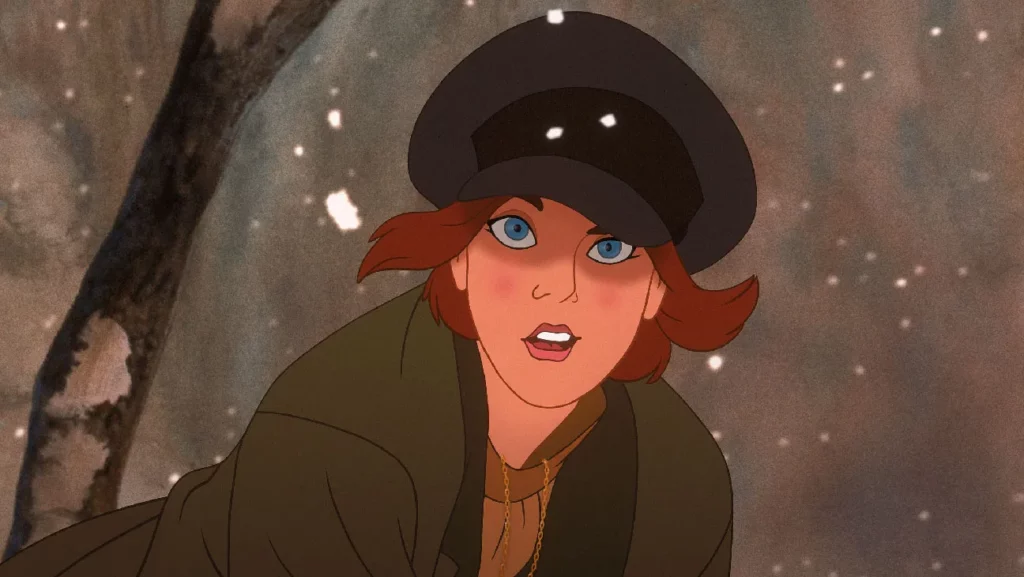
Anastasia, the titular character of the animated film “Anastasia,” is a young woman grappling with her identity, embarking on a journey to discover her past and true self. Inspired by the historical rumours surrounding the Russian Grand Duchess Anastasia Romanov, the character’s quest for family and belonging resonates with audiences, exploring memory, history, and resilience themes.
“Anastasia” (1997) fictionalises the duchess’s story, blending historical events with fantasy and adventure. The character’s determination and growth throughout the film have made her a memorable figure in the realm of animated heroines.
Anastasia’s character stands out for her independence, strength, and emotional depth of her journey. While her story is set against the backdrop of the Russian Revolution, it speaks to universal experiences of self-discovery and the search for one’s place in the world.
Alfred Pennyworth (Batman Franchise, DC Universe)
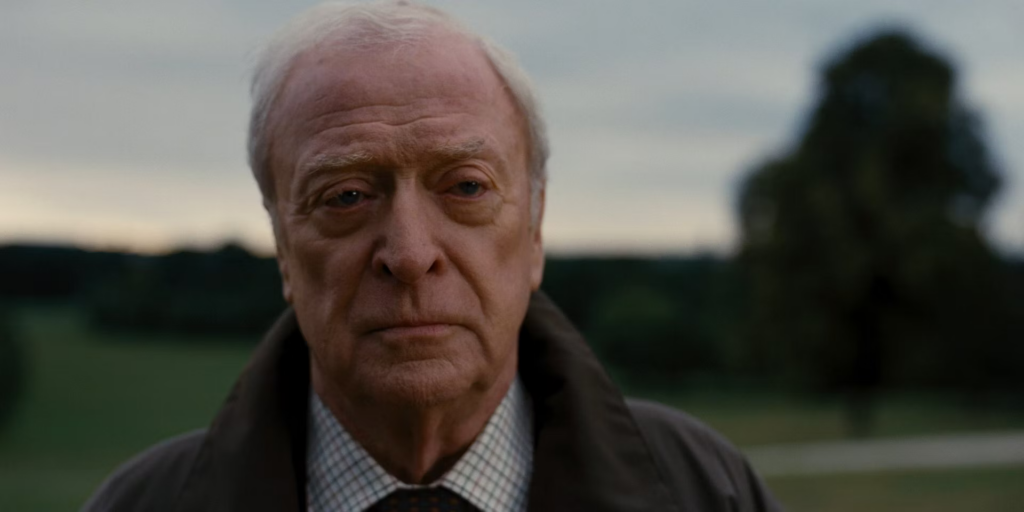
Alfred Pennyworth, the loyal butler and confidant of Bruce Wayne (Batman), is a cornerstone of the Batman series, offering wisdom, support, and a touch of humour. His role transcends that of a mere assistant; he is a father figure, advisor, and moral compass for Batman, showcasing the themes of loyalty, family, and the human side of heroism.
Alfred has consistently appeared in the Batman universe since his debut in “Batman #16” (1943). He has appeared in various comic book storylines, television series, and movies, each offering a slightly different perspective on his character but always maintaining his essential qualities.
Alfred’s background, often depicted as having a military or intelligence service history, adds to his character’s depth, suggesting a life of service and sacrifice. His relationship with Bruce Wayne highlights the emotional complexities of the Batman character, grounding the superhero in a relatable human experience.
Alvin (Alvin and The Chipmunks)
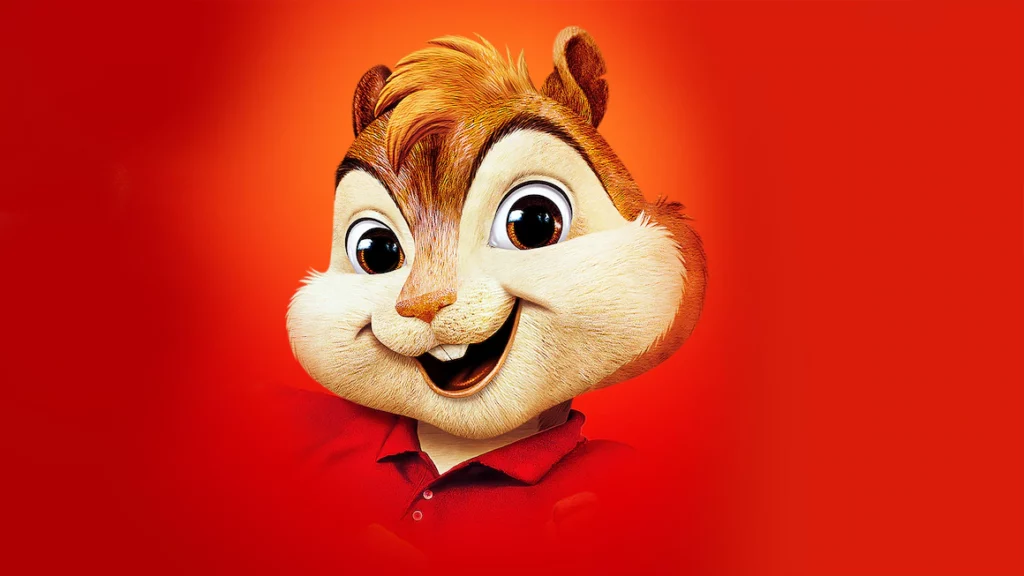
Alvin, the mischievous and charismatic leader of the singing trio Alvin and the Chipmunks, is known for his distinctive red cap and penchant for getting into trouble. His character embodies themes of creativity, leadership, and the consequences of impulsive actions, resonating with young and old audiences.
Alvin first appeared in the 1958 novelty record “The Chipmunk Song (Christmas Don’t Be Late)” and became a pop culture icon through various television series, feature films, and music albums. His antics and adventures, often accompanied by his brothers Simon and Theodore, blend humour, music, and moral lessons.
Alvin’s character illustrates the challenges and rewards of sibling dynamics and leadership. His journey often explores the balance between individual expression and the responsibilities of being part of a team or family, providing relatable lessons wrapped in entertaining musical escapades.
Alan Grant (Jurassic Park)
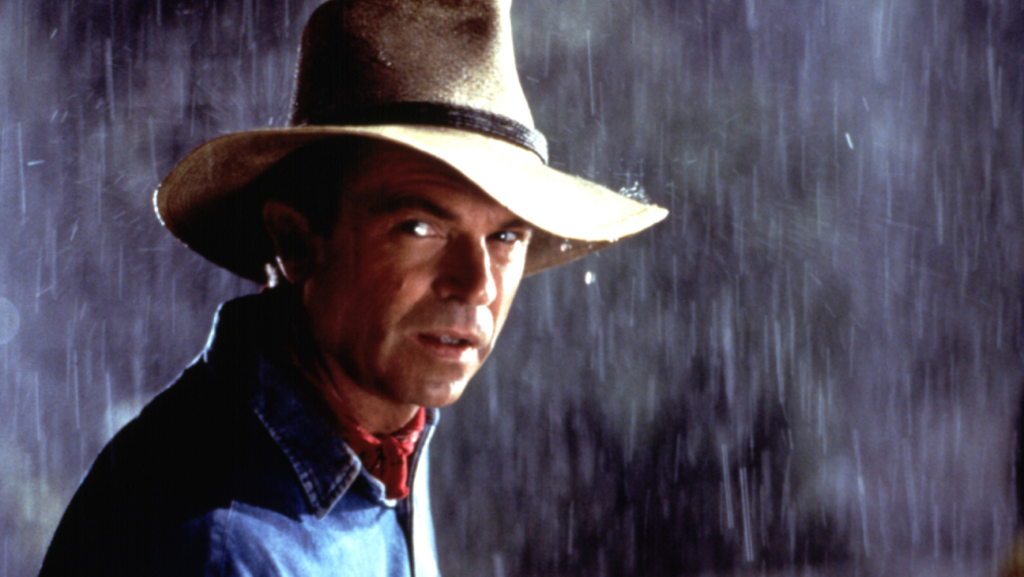
Dr. Alan Grant, a prominent paleontologist in the “Jurassic Park” franchise, is revered for his expertise in dinosaur behaviors and his survival skills when facing these prehistoric creatures. His character highlights themes of respect for nature, scientific advancement’s ethical implications, and the natural world’s awe-inspiring power.
First introduced in Michael Crichton’s novel “Jurassic Park” and portrayed by Sam Neill in the film adaptations, Dr. Grant’s character plays a central role in the original “Jurassic Park” (1993) and “Jurassic Park III” (2001), with appearances in other franchise media. His pragmatic and cautious approach to interacting with dinosaurs contrasts with other characters’ more commercial or reckless attitudes.
Dr. Grant’s evolution throughout the series reflects changing perspectives on science, technology, and humanity’s relationship with nature. His character serves as a moral compass, reminding both characters and audiences of the importance of respecting the boundaries between the human-made and natural worlds.
Austin Powers (Austin Powers)

Austin Powers, the protagonist of the eponymous spy comedy film series, is a flamboyant and humorous British secret agent from the 1960s who finds himself navigating the modern world. His character parodies the tropes of classic spy films, especially the James Bond series while exploring themes of identity, cultural change, and the clash between past and present values.
Portrayed by Mike Myers, Austin Powers debuted in “Austin Powers: International Man of Mystery” (1997) and became a cultural phenomenon through his catchphrases, distinctive fashion sense, and the series’ playful humour. The films blend satire, slapstick, and character-driven comedy, making Austin a memorable figure in film comedy.
Austin Powers’ character offers a critique of and nostalgia for the spy genre and 1960s culture, examining how societal norms and expectations have evolved. His adventures raise questions about the nature of heroism and masculinity while providing audiences with a comedic exploration of identity and adaptation.
Abu (Aladdin)
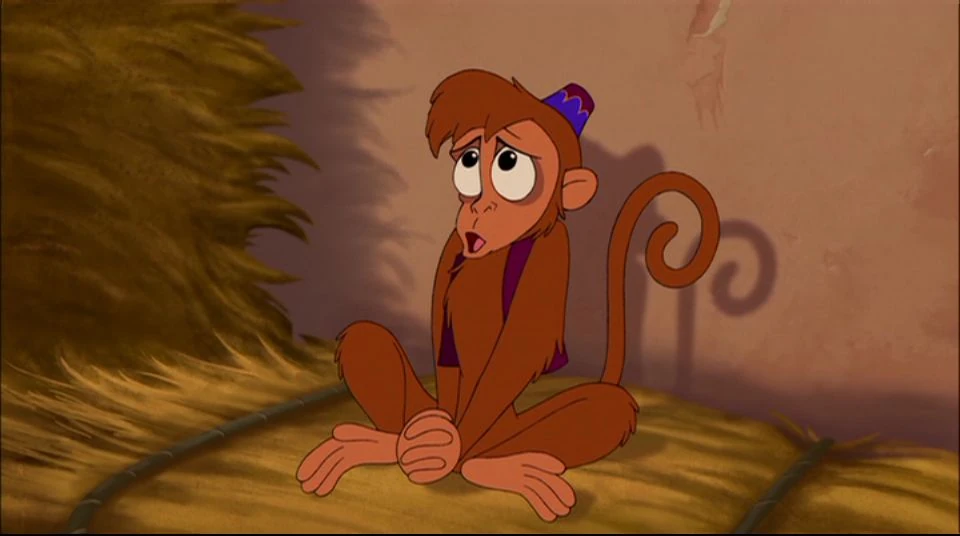
Abu, Aladdin’s loyal monkey companion, is known for his kleptomaniac tendencies, expressiveness, and deep friendship with the titular character in Disney’s “Aladdin.” Despite his small size, Abu plays a significant role in Aladdin’s adventures, providing comic relief, empathy, and occasional heroism.
Abu appears throughout the “Aladdin” animated film (1992) and its sequels, as well as the television series and the live-action adaptation (2019). His character adds a layer of humour and charm to the story, engaging audiences with his antics and emotional depth.
Abu’s character illustrates the theme of loyalty and the importance of companionship. His bond with Aladdin showcases the strength of friendship and the idea that true allies stand by each other through various challenges, emphasizing the value of trust and support in relationships.
Antonio Madrigal (Encanto)
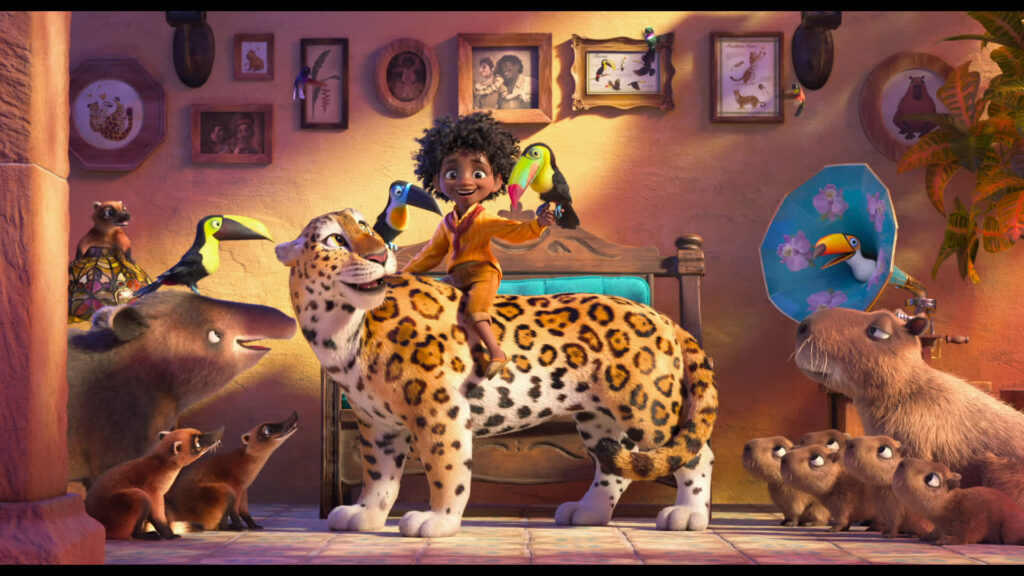
Antonio Madrigal, a character from Disney’s “Encanto,” is the youngest member of the magical Madrigal family, who gains the ability to communicate with animals. His innocent and kind-hearted nature and his unique gift highlight themes of family, acceptance, and the wonder of discovering one’s own abilities.
Introduced in “Encanto” (2021), Antonio’s character arc revolves around his anxieties and excitement regarding his gift ceremony, reflecting broader themes of growing up, familial expectations, and the bonds that connect individuals within a family.
Antonio’s relationship with his family, especially his close bond with his cousin Mirabel, offers a heartfelt exploration of support, understanding, and how each family member’s individuality contributes to the family’s collective strength, underscoring the film’s message about the diversity and unity of family dynamics.
Arthur Weasley (Harry Potter)

Arthur Weasley, a beloved character from the Harry Potter series, is known for his fascination with Muggles and his kind, fatherly nature. As the patriarch of the Weasley family, he embodies themes of familial love, curiosity, and the value of simplicity and integrity over material wealth.
Arthur appears throughout the Harry Potter book series and is portrayed by Mark Williams in the film adaptations. Though often supportive and secondary, his role is crucial in providing a nurturing and moral compass for his family and Harry, highlighting the series’ emphasis on the power of love and family.
Arthur’s interest in Muggle technology and his position at the Ministry of Magic, where he deals with non-magical artifacts, reflect the series’ exploration of the intersection between the magical and non-magical worlds. His character encourages acceptance and understanding across different cultures and communities.
Ace Ventura (Ace Ventura Franchise)
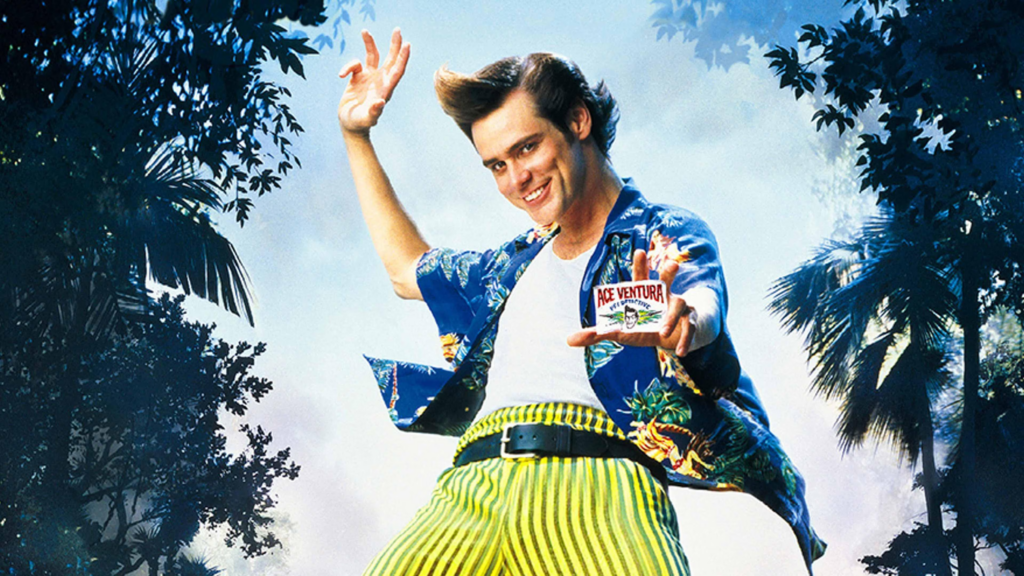
Ace Ventura, the eccentric and flamboyant pet detective from the “Ace Ventura” film series, is renowned for his unique investigative methods and over-the-top humour. Portrayed by Jim Carrey, Ace Ventura’s character redefined the detective genre with a comedic twist, exploring themes of animal rights and the absurdity of human nature.
Ace Ventura became an iconic character following the release of “Ace Ventura: Pet Detective” (1994) and its sequel, “Ace Ventura: When Nature Calls” (1995). His catchphrases, mannerisms, and slapstick comedy have left a lasting impact on pop culture.
Beyond the humour, Ace Ventura’s character champions animal welfare and environmental conservation, albeit in unconventional ways. His dedication to animals and ability to communicate and empathize with them add depth to his otherwise comical persona, promoting a message of compassion toward all living beings.
Alia Atreides (Dune)
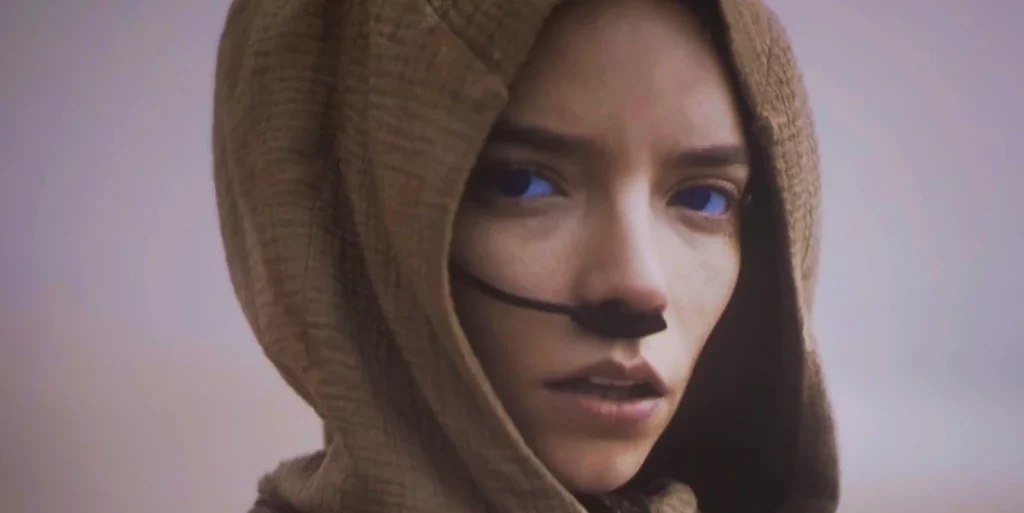
Alia Atreides, a character from Frank Herbert’s “Dune” series, is a complex figure with profound psychic abilities and a turbulent destiny. She explores themes of power, identity, and the burdens of precognition against the backdrop of the intricate political and ecological landscape of the Dune universe.
First appearing in “Dune” (1965) and playing a significant role in the series’ subsequent novels, Alia’s journey is marked by her struggles with her extraordinary abilities and the political machinations of the Atreides family. Her character adds a layer of tragedy and depth to the saga’s exploration of humanity and its relationship with the environment.
Alia’s struggle with her inner demons and the external pressures of her position offers a poignant look at the isolation and challenges those in power face. Her story mediates the dangers of unchecked authority and the importance of self-awareness and restraint in leadership.
Abraham Van Helsing (Dracula Franchise)
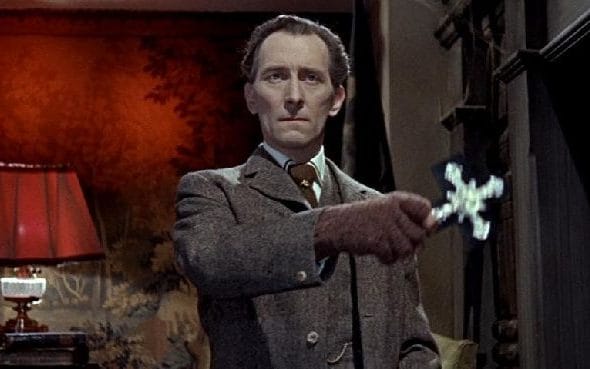
Abraham Van Helsing, a legendary figure in Bram Stoker’s Dracula narrative, symbolizes knowledge, courage, and resilience in the face of supernatural threats. His character has become synonymous with the battle against vampires, embodying themes of science versus superstition and the enduring human spirit.
Van Helsing first appeared in “Dracula” (1897) and has since been a staple character in vampire lore, featuring in countless adaptations and reinterpretations in films, television, and literature. His character represents the archetype of the vampire hunter, combining intellect, physical prowess, and moral conviction.
Van Helsing’s role in “Dracula” and the vampire genre highlights the clash between modern scientific reasoning and ancient supernatural beliefs. His character encourages perseverance in the face of darkness and the importance of using knowledge and resources to confront and overcome evil.
Apu Nahasapeemapetilon (The Simpsons TV Series)

Apu Nahasapeemapetilon, the hardworking proprietor of the Kwik-E-Mart in “The Simpsons,” is a character that has sparked much conversation around representation and stereotypes in media. Originally intended to depict the experience of an immigrant pursuing the American Dream, Apu’s character has been celebrated and critiqued over the years.
Apu appeared in the episode “The Telltale Head” in the first season of “The Simpsons.” Over the years, he became one of the show’s most recognizable secondary characters, known for his catchphrase, “Thank you, come again.”
The character of Apu has been at the centre of discussions about cultural sensitivity and the evolution of societal attitudes toward representation on television. While he is a character many love for his humour and depth, the conversation around Apu underscores the importance of nuanced and respectful portrayal in media.
Andy (Toy Story Franchise)
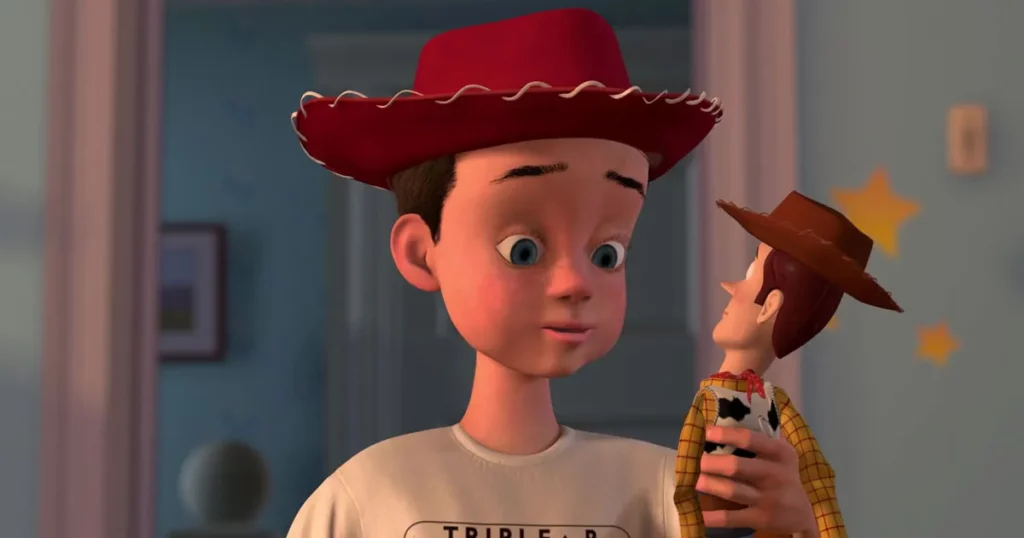
Andy is the young boy who owns Woody, Buzz Lightyear, and the other toys in the “Toy Story” franchise. His character represents childhood innocence and the deep emotional bond children form with their toys, serving as the heart of the toys’ world and their motivations throughout the series.
Andy plays a central role in the narrative arc of the “Toy Story” films, as the audience witnesses his growth from a playful child to a young adult heading off to college. His interactions with and attachment to his toys provide a poignant commentary on growing up and the passage of time.
Andy’s character arc culminates in a touching handover of his beloved toys to Bonnie in “Toy Story 3,” symbolizing the transition from childhood to adulthood and the enduring legacy of our cherished memories. His journey emphasizes the themes of nostalgia, change, and the bittersweet nature of growing up.
Atticus Finch (To Kill A Mockingbird)
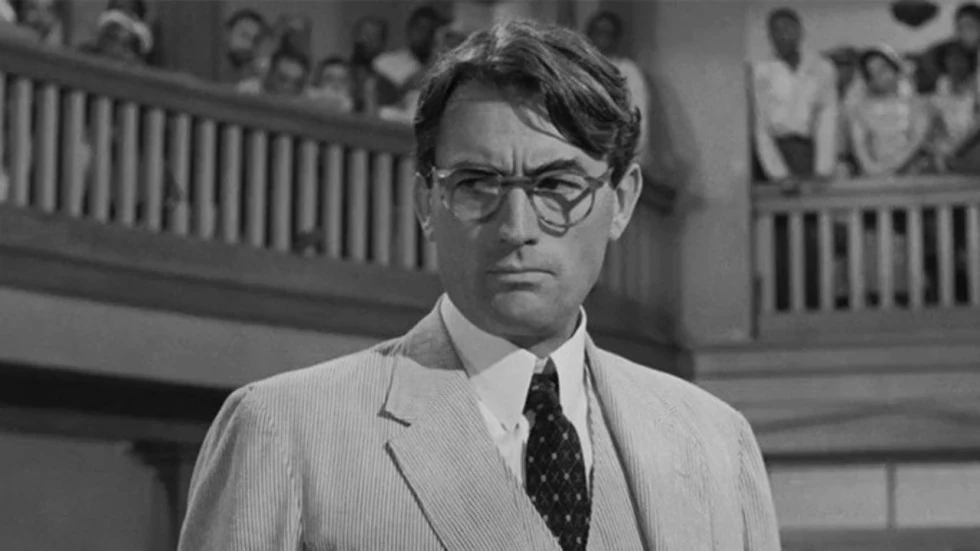
Atticus Finch, the principled lawyer and father in Harper Lee’s “To Kill a Mockingbird,” is an iconic character in American literature. He represents moral integrity, compassion, and the fight for justice, serving as a role model and a beacon of righteousness in the face of prejudice and injustice.
Atticus is renowned for his defense of Tom Robinson, a black man wrongly accused of a crime, in a racially divided Southern town. His character has become synonymous with upholding ethical values and advocating for equal rights, earning a place as one of literature’s most revered figures.
The portrayal of Atticus Finch has influenced countless discussions on ethics, justice, and empathy. His dedication to doing what is right, even when faced with immense societal pressure, provides a timeless example of standing up for one’s principles and the impact of individual integrity on broader social issues.
Abe Simpson (The Simpsons)

Abraham “Grampa” Simpson, the elderly Simpson family patriarch in “The Simpsons,” offers comic relief while touching on themes of ageing, family dynamics, and the shifting role of the elderly in modern society. His character provides a humorous yet poignant look at the experiences and challenges of senior citizens.
Grampa Simpson is known for his rambling stories, forgetfulness, and old-fashioned views, which are often played for laughs but also reveal deeper insights into his character and his relationships with the Simpson family, especially his son Homer.
Through Grampa Simpson, “The Simpsons” explores issues such as generational divides, the treatment of the elderly, and the value of family history and legacy. His character underscores the importance of respecting and understanding our elders while acknowledging the humor in aging.
Arthur Pendragon (Arthurian Legends)
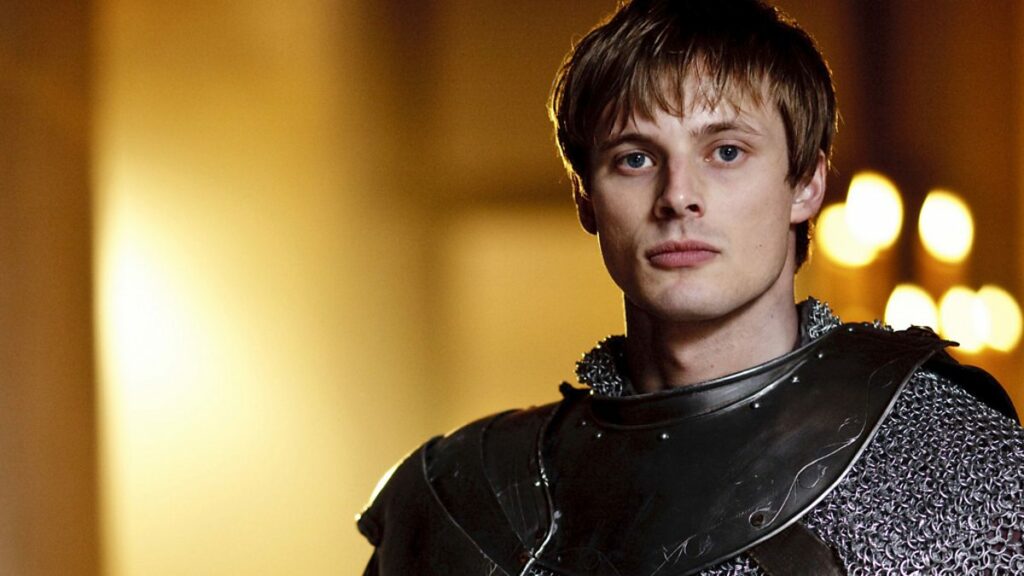
King Arthur, the legendary British leader, is a central figure in the Arthurian legends. His character embodies the ideals of chivalry, justice, and leadership. Arthur’s quest for the Holy Grail, the establishment of the Round Table, and his rule over Camelot are core elements of his story that have cemented his status as a quintessential mythological king.
While King Arthur’s historical existence is debated, his mythological narrative has been adapted and retold through various mediums, including literature, film, and theatre. His character serves as a symbol of noble leadership and the complexities of human nature and governance.
Arthur’s relationships with characters like Guinevere, Lancelot, Merlin, and Mordred explore themes of loyalty, betrayal, love, and destiny. The enduring appeal of Arthur’s tale reflects our collective fascination with heroism, moral dilemmas, and the idea of a utopian society.
